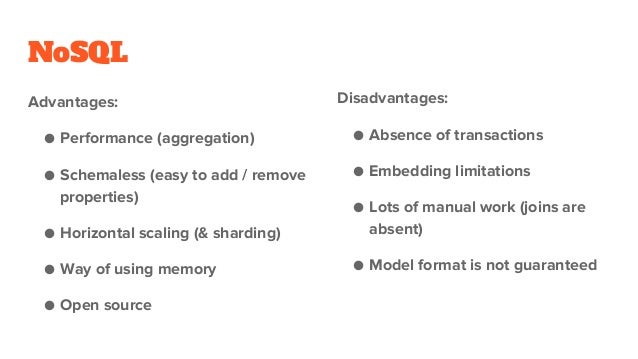
Köp Sequence hos Adlibris till lågt pris, alltid fri frakt över 1kr. En av Nordens ledande e-handelsbutiker. APPLIES TO: SQL Server Azure SQL Database Azure Synapse Analytics ( SQL DW) Parallel Data Warehouse.
Creates a sequence object and specifies its properties. Sequences are frequently used in databases because many. Sequence numbers inserted into a table can have gaps when a transaction is rolled back, when a sequence object is shared by multiple tables, or when sequence numbers are allocated without using them in tables. What is an SQL Sequence ? Sequence is a feature supported by some database systems to produce unique values on demand. Some DBMS like MySQL supports AUTO_INCREMENT in place of Sequence.
AUTO_INCREMENT is applied on columns, it automatically increments the column value by each time a new record is inserted into the table. In this SQL tutorial, we are going to learn about SQL Sequence. Moreover, we will start our tutorial, with the meaning of SQL Sequence.
Also, we will see syntax and example of SQL Sequence. So, let us start SQL Sequence Tutorial. Once you have created your sequence in SQL Server (Transact- SQL ), you might find that you need to remove it from the database.
Following is the sequence query creating sequence in descending order. Sequence will start from 1and should be less than or equal to maximum value and will be incremented by -having minimum value 1. Modifies the arguments of an existing sequence object. Generates a sequence number from the specified sequence object.
For a complete discussion of both creating and using sequences, see Sequence Numbers. Using SQL Sequence to provide unique sequential values for updating a SQL table’s column Using a SQL Sequence to renumber a column The title sounds a bit strange, but so is the subject of this post. Oracle uses the concept of SEQUENCE to create numerical primary key values as we add rows of data into a table. Whereas numerical primary key population for MySQL and SQL Server is tied to individual tables, in Oracle the SEQUENCE construct is created separately and is not tied to an individual table.
After SQL Server restarts and a sequence number is neede the starting number is read from the system tables (23). Here is an example using Sequence. A SQL Server sequence object generates sequence of numbers just like an identity column in sql tables. But the advantage of sequence numbers is the sequence number object is not limited with single sql table. Ranges are simple, because there is a. When a sequence number is generate the sequence is incremente independent of the transaction committing or rolling back.
If two users concurrently increment the same sequence , then the sequence numbers each user acquires may have gaps, because sequence numbers are being generated by the other user. Is there an SQL instruction to retrieve the value of a sequence that does not increment it. In SQL Server, a sequence is a user-defined schema-bound object that generates a sequence of numbers according to a specified specification. A sequence is simply a list of numbers, in which their orders are important.
In SQL Server, both the SEQUENCE object and IDENTITY property are used to generate a sequence of numeric values in an ascending order. SSMA’s approach is to use a single table to hold all the sequence numbers. Each sequence number object is represented by a single row of recor which holds the property of the sequence , e. Using sequences: A sequence can be referenced using a sequence -reference. A sequence reference can appear in most places that an expression can appear.

A NEXT VALUE sequence expression is used to generate a new value. Both the are correct for my requirement , Please let me know if there is an option to choose two as correct. T- SQL : To get the current value from a SQL Server SEQUENCE , run the following code: USE Database_Name GO SELECT name, current_value FROM sys. How do I create the sequence properly? There is another way to reset a sequence in Oracle : set the maxvalue and cycle properties.
When the nextval of the sequence hits the maxvalue, if the cycle property is set then it will begin again from the minvalue of the sequence.
Inga kommentarer:
Skicka en kommentar
Obs! Endast bloggmedlemmar kan kommentera.